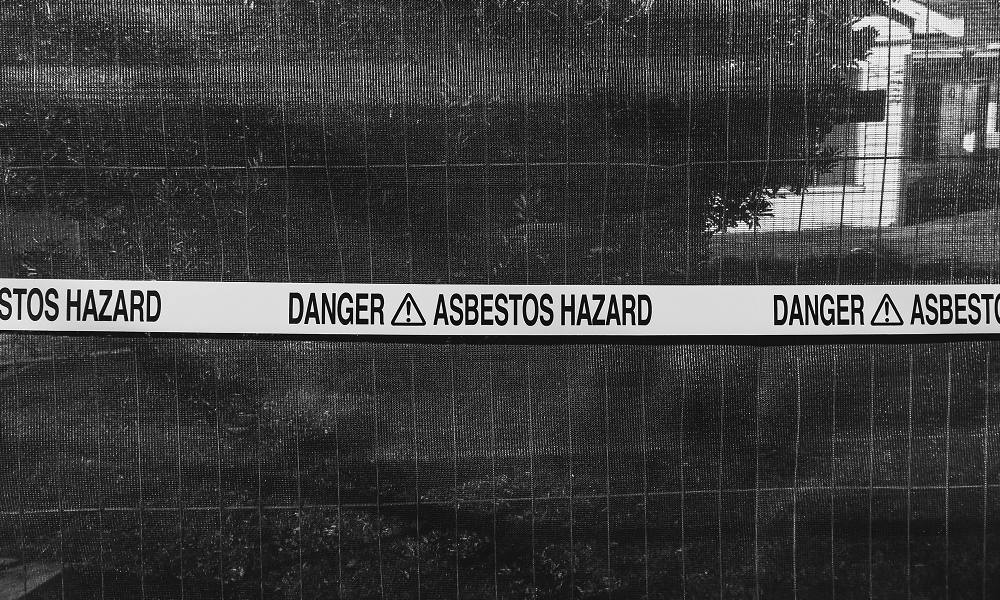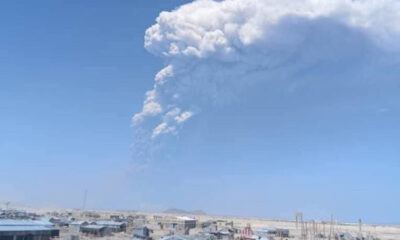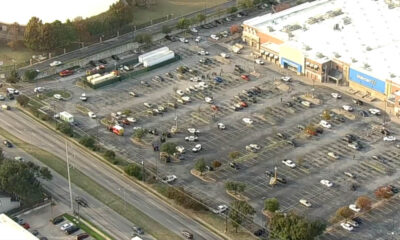Reviews
The Ultimate Guide to Asbestos Removal

Asbestos, a mineral known for its durability and heat-resistant properties, was once widely used in construction materials, insulation, and other products. But as time went on, it was found that breathing in asbestos fibers might result in major health problems like mesothelioma, asbestosis, and lung cancer.
Due to these severe risks, asbestos use has been heavily regulated or banned in many countries. If you live in an older building or are involved in renovations or demolitions, proper asbestos removal nz becomes a critical safety measure. This guide provides everything you need to know about asbestos removal, from identifying the hazard to safely eliminating it.
What Is Asbestos?
Asbestos refers to six naturally occurring minerals composed of heat-resistant fibers. These fibers were once popular for their insulating properties and resistance to fire and corrosion. Common materials that contained asbestos include:
- Insulation for pipes and boilers
- Roofing shingles and tiles
- Floor tiles and adhesives
- Cement sheets
- Textured paints and coatings
While asbestos was widely used in construction, it became clear that inhaling its fibers could cause serious respiratory issues. Since then, many countries have implemented stringent regulations on the handling, removal, and disposal of asbestos.
The Dangers of Asbestos Exposure
When asbestos fibers get into the air and are inhaled, they can be dangerous. Due to their small size, asbestos fibers can penetrate deep into the lungs, where they become lodged, causing inflammation and long-term damage. Some of the key health risks associated with asbestos exposure include:
- Mesothelioma: An uncommon, severe cancer of the lining of the heart, lungs, or abdomen.
- Asbestosis: A chronic lung condition that causes scarring and difficulty breathing.
- Lung cancer: Prolonged asbestos exposure significantly increases the risk of lung cancer.
The health effects of asbestos often take years or even decades to manifest, making early detection and prevention crucial. The best way to avoid exposure is through proper asbestos identification and removal.
Identifying Asbestos in Your Property
Before starting any construction, renovation, or demolition project on a building constructed before the 1980s, it’s essential to identify whether asbestos is present. Some common indicators include:
- Age of the building: Properties built before the 1980s are more likely to contain asbestos-based materials.
- Material type: Cement sheeting, floor tiles, insulation, and textured coatings are potential asbestos-containing materials.
- Visual identification: Asbestos fibers are usually small and difficult to detect with the naked eye. Therefore, visual identification alone is insufficient.
Hiring a professional asbestos surveyor is the safest way to confirm the presence of asbestos. These professionals will conduct a thorough inspection and may take samples for laboratory analysis to determine whether asbestos is present.
Legal Regulations and Requirements
Most countries have strict regulations on asbestos removal due to the health risks involved. For example, in the United States, the Environmental Protection Agency (EPA) and the Occupational Safety and Health Administration (OSHA) regulate asbestos handling and removal. Similarly, in Australia, WorkSafe and the National Occupational Health and Safety Commission (NOHSC) set guidelines for asbestos management.
Key legal requirements for asbestos removal include:
- Licensing: In many regions, only licensed professionals can remove asbestos. DIY removal is illegal in some places due to the high risk involved.
- Notification: In some jurisdictions, you must notify local authorities before beginning any asbestos removal project.
- Disposal: Asbestos waste must be disposed of at designated facilities that follow specific containment and disposal procedures.
Familiarizing yourself with local asbestos regulations is essential to ensure compliance and prevent legal repercussions.
Asbestos Removal Process: Step-by-Step
Step 1: Hire a Licensed Asbestos Removal Contractor
Given the dangers of asbestos, hiring a certified asbestos removal professional is critical. These experts are trained in handling asbestos safely and can ensure that removal is done in accordance with local regulations.
Step 2: Prepare the Area
Before the asbestos removal begins, the work area must be sealed off to prevent the spread of fibers. This may involve:
- Turning off HVAC systems to prevent asbestos fibers from circulating.
- Sealing windows, doors, and vents with plastic sheeting.
- Posting warning signs to inform individuals of the hazard.
Step 3: Removal Process
Asbestos removal involves several protective measures to minimize the release of fibers:
- Workers will wear personal protective equipment (PPE), including respirators, gloves, and disposable suits.
- Asbestos-containing materials are carefully wetted down to reduce the risk of fibers becoming airborne.
- Materials are carefully removed in sections to avoid breaking or disturbing them further.
- Each removed section is placed into leak-tight, labeled containers for disposal.
Step 4: Post-Removal Inspection
Once the asbestos has been removed, a final inspection is required to ensure no fibers remain in the area. This includes air quality testing to confirm that asbestos levels are below the regulatory threshold.
Step 5: Proper Disposal
Asbestos waste must be transported and disposed of in accordance with local regulations. This typically involves using approved, sealed containers and transporting them to licensed disposal facilities equipped to handle asbestos waste.
DIY Asbestos Removal: A Word of Caution
While some small-scale asbestos removal projects may be legally allowed for homeowners, it’s not recommended due to the significant health risks. Professional removal ensures that all safety protocols are followed, minimizing the chance of accidental exposure. If you must handle asbestos on your own, make sure to:
- Wear appropriate PPE, including a respirator and disposable clothing.
- Use water to dampen asbestos materials before removal to reduce dust.
- Seal off the work area and prevent anyone else from entering.
- Dispose of all materials at a certified asbestos disposal facility.
Even with these precautions, DIY removal carries inherent risks, so professional help is always the safer option.
Understand Asbestos Removal
Asbestos removal is a critical task that must be handled with the utmost care and adherence to safety regulations. The health risks associated with asbestos exposure make it imperative to hire licensed professionals to identify, remove, and dispose of asbestos-containing materials safely. Whether you’re renovating an older home, demolishing a building, or managing a commercial property, understanding the asbestos removal process and its legal requirements will help ensure a safe and successful project.
By prioritizing safety, you can protect yourself, your workers, and your community from the long-term dangers of asbestos exposure.

-

 World3 days ago
World3 days agoEthiopian volcano erupts for first time in thousands of years
-

 Legal1 week ago
Legal1 week agoMichigan man JD Vance sentenced to 2 years for threatening Trump and JD Vance
-

 Legal1 week ago
Legal1 week agoWoman in critical condition after being set on fire on Chicago train
-

 World1 week ago
World1 week agoHurricane Melissa registered 252 mph wind gust, breaking global record
-

 Legal8 hours ago
Legal8 hours agoUtah Amber Alert: Jessika Francisco abducted by sex offender in Ogden
-

 Legal6 days ago
Legal6 days agoSuspect in San Diego stabbing shot by authorities after fleeing into Mexico
-

 Legal1 week ago
Legal1 week ago1 dead, 2 injured in shooting at Dallas Walmart parking lot
-

 Health6 days ago
Health6 days agoMarburg virus outbreak in Ethiopia grows to 6 confirmed cases




